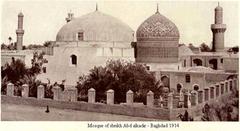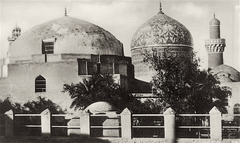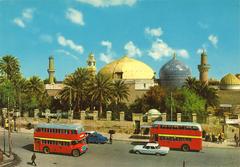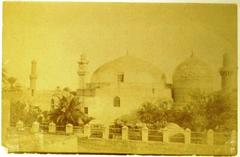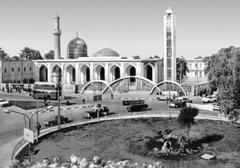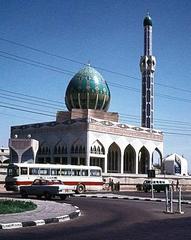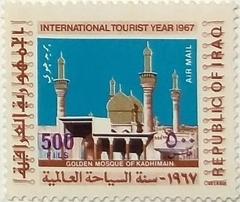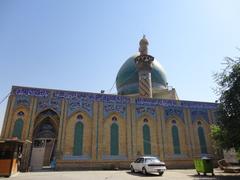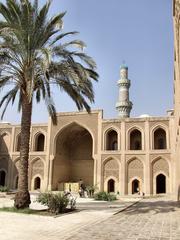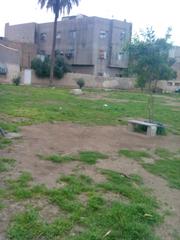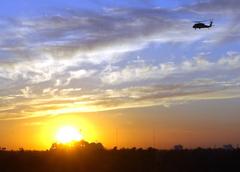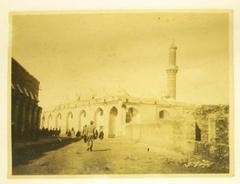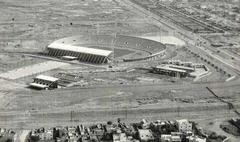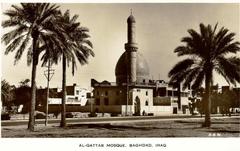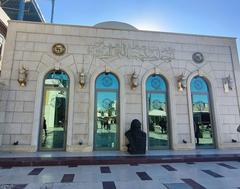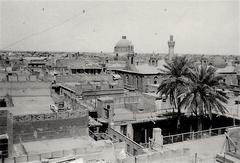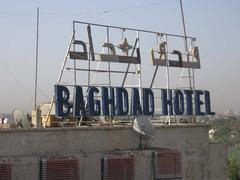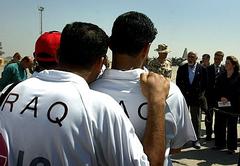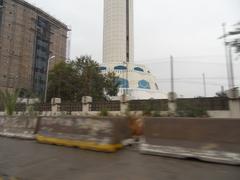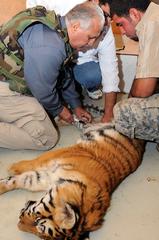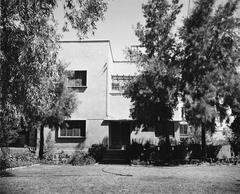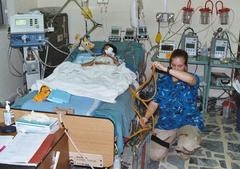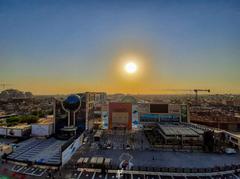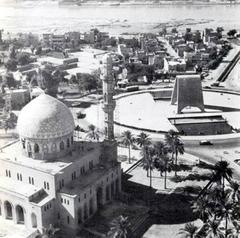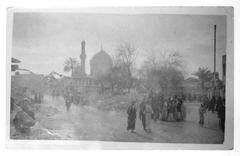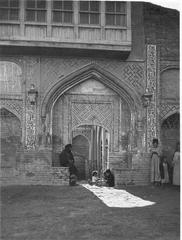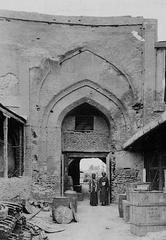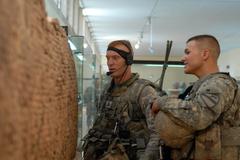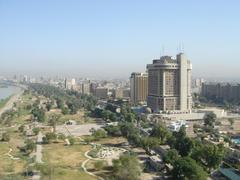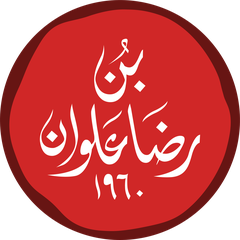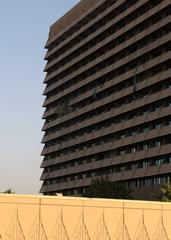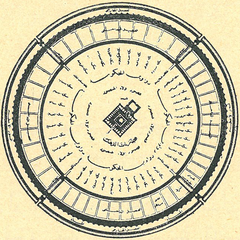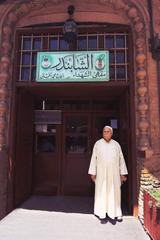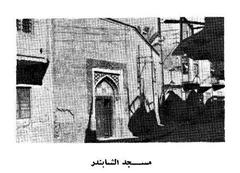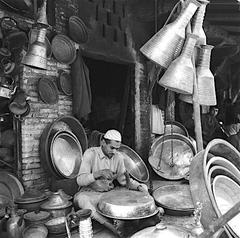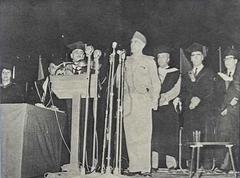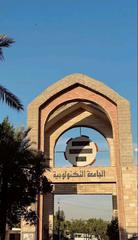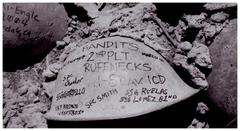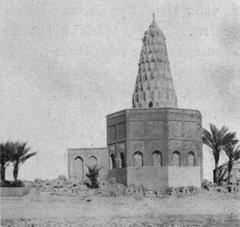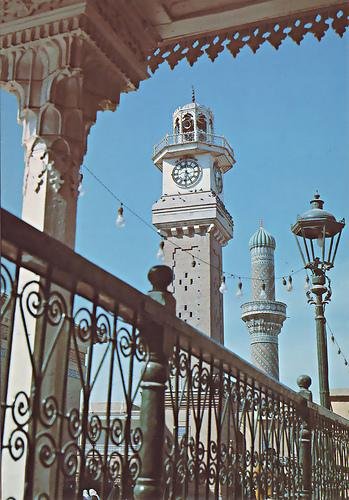
Sheikh Abdul Qader Al-Jilani Mosque Visiting Hours, Tickets, and Historical Significance in Baghdad
Date: 14/06/2025
Introduction
The Sheikh Abdul Qader Al-Jilani Mosque in Baghdad, Iraq, stands as a symbol of enduring spiritual heritage and cultural richness. Revered by millions across the world, the mosque and mausoleum are not only a sanctuary for worship but also a monument that embodies centuries of Islamic scholarship and Sufi mysticism. Founded in honor of Sheikh Abdul Qader Al-Jilani, the influential 12th-century Hanbali scholar and founder of the Qadiriyya Sufi order, the complex has survived periods of turmoil, destruction, and restoration—reflecting Baghdad’s resilient spiritual identity. In addition to its architectural and historical significance, the mosque serves as an active center of community service, interfaith harmony, and Sufi practice. This comprehensive guide provides essential information on visiting hours, accessibility, customs, and nearby attractions, ensuring a meaningful experience for all visitors. For further historical context, see the detailed entries on the mosque’s history and architecture (Wikipedia), and explore narratives of its spiritual and social role (Voices for Iraq).
Table of Contents
- Historical Background
- Architectural Features
- Visiting Information
- The Qadiriyya Order and Legacy
- Frequently Asked Questions (FAQ)
- Conclusion
- References
Historical Background
Origins and Early Development
Sheikh Abdul Qader Al-Jilani (c. 1077–1166) was a renowned Hanbali scholar, preacher, and Sufi master who settled in Baghdad during the 12th century. His arrival marked a transformative period for the city, as his teachings emphasized a harmonious blend of Sufi mysticism with orthodox Islamic law. He founded the Madrasah al-Qadiriyya, which quickly became a prominent center for Islamic learning and Sufi practice. After his death, his burial place grew into a site of pilgrimage, eventually evolving into the grand mosque and shrine complex seen today.
Evolution Through the Centuries
The shrine has survived dramatic historical events. Although believed to have withstood the Mongol invasion of 1258, it was later destroyed during the Safavid era in the early 16th century. Restoration efforts under Ottoman Sultan Suleiman the Magnificent in 1535 rebuilt the dome, expanded the complex, and established charitable endowments. These renovations endowed the site with distinct Ottoman architectural features, which persist in the present structure (Wikipedia).
Architectural Features
The mosque complex boasts a blend of Ottoman and Iraqi styles. Key elements include:
- Minarets: Two minarets rise from the central courtyard, inscribed with Quranic verses and invocations such as “ya Allah, ya Muhammad,” reflecting deep spiritual symbolism.
- Main Entrance: On Kifaḥ Street, the entrance features a wooden door framed by arched brickwork and ceramic tiles lauding Al-Jilani’s virtues.
- Prayer Hall: Spacious with high ceilings, arches, ornate mihrab, and minbar, adorned with intricate tilework and calligraphy.
- Mausoleum: The dome, constructed under Ottoman patronage, covers the tomb of Sheikh Abdul Qader Al-Jilani and his son Abdul Razzaq Gilani. The chamber is richly decorated and serves as the spiritual heart of the complex.
- Courtyards and Ablution Facilities: Open spaces and fountains offer areas for reflection and facilitate large gatherings.
- Qadiriyya Library: Houses 80,000–85,000 rare volumes, including ancient Qurans and scientific texts, making it a crucial center for scholars (Voices for Iraq).
Visiting Information
Hours and Entry
The mosque is typically open daily from 7:00 AM to 7:00 PM, accommodating both worshippers and tourists. During religious festivals or major events, hours may be extended. Entry to the mosque and shrine is free; donations for upkeep are appreciated but not required (Adequate Travel).
Accessibility and Etiquette
- Dress Code: Modest attire is required. Men should wear long trousers and sleeved shirts; women should wear long skirts or trousers, long-sleeved tops, and a headscarf (Learn Religions).
- Shoes: Remove shoes before entering prayer areas.
- Photography: Permitted in courtyards and exteriors; always seek permission before photographing interiors or people.
- Conduct: Maintain silence and avoid disrupting prayers. Non-Muslims are welcome outside main prayer times, provided they respect religious customs (Matariweka).
- Accessibility: Ramps and signage accommodate elderly and disabled visitors, but some areas may have steps or uneven surfaces.
Guided Tours and Events
Guided tours can be arranged through local agencies or knowledgeable caretakers, offering historical and cultural context. The annual Urs (death anniversary) of Sheikh Al-Jilani, on the 11th of Rabi’ al-Thani, draws large crowds for zikr (remembrance), devotional music, and communal meals (Dawat-e-Islami). Fridays and major Islamic holidays also see heightened activity.
Security and Safety
While the Bab al-Sheikh district is generally calm, Baghdad maintains heightened security. Expect screenings at entrances and carry identification. Remain vigilant, especially during crowded events (My Pluralist).
Facilities and Amenities
The complex provides ablution areas and restrooms. There are no formal visitor centers, but caretakers are often happy to assist. Nearby shops offer refreshments and souvenirs.
The Qadiriyya Order and Legacy
The mosque is the mother shrine of the Qadiriyya Sufi order, one of the oldest and most widespread Sufi brotherhoods. The order’s teachings, rooted in inner purification and service to humanity, have spread across the Middle East, South Asia, Africa, and Southeast Asia. The mosque’s inclusive ethos is reflected in its daily charitable activities, such as distributing meals, and its welcoming attitude toward people of all backgrounds (Voices for Iraq).
Nearby Attractions
Extend your visit by exploring:
- Imam Ahmad ibn Hanbal Mosque: A nearby site significant for those interested in Islamic jurisprudence.
- Al-Mustansiriya School: A medieval center of learning.
- Tigris River Promenade: Ideal for relaxation and experiencing local life (Islamic Architectural Heritage).
Frequently Asked Questions (FAQ)
Q: What are the mosque’s visiting hours?
A: Daily from 7:00 AM to 7:00 PM; hours may extend during festivals.
Q: Is there an entry fee?
A: No, entry is free. Donations are optional.
Q: Are non-Muslims allowed to visit?
A: Yes, outside of main prayer times; respect local customs.
Q: Is the mosque wheelchair accessible?
A: Ramps are available, but some areas have steps; assistance may be needed.
Q: Can I take photos inside?
A: With permission in certain areas; avoid photographing worshippers.
Q: Are guided tours available?
A: Yes, through local guides or agencies.
Q: What is the best time to visit?
A: Early mornings or late afternoons on weekdays for a peaceful experience.
Conclusion
A visit to the Sheikh Abdul Qader Al-Jilani Mosque offers a journey into Baghdad’s spiritual heart, where centuries of devotion, resilience, and scholarship converge. Whether you are a pilgrim, a history enthusiast, or a cultural explorer, this landmark provides a welcoming space to reflect, learn, and experience the living legacy of one of Islam’s most influential figures. For the latest updates, travel tips, and related articles on Baghdad’s historical sites, consult local sources and download the Audiala app to enhance your experience.
References and Further Reading
- Mausoleum of Abdul-Qadir Gilani – Wikipedia
- Where the Books Weren’t Burned: Baghdad’s Ancient Library – Voices for Iraq
- Visiting Sheikh Abdul Qadir Gilani’s Tomb: 5 Reasons – Matariweka
- Sheikh Abdul Qadir Gilani – Dawat-e-Islami
- Sheikh Abdul Qadir Al-Jilani Complex – Islamic Architectural Heritage
- Sheikh Abdul Qadir Gilani Mosque Baghdad: History, Architecture & Visiting Hours – Adequate Travel
- Etiquette of Visiting a Mosque – Learn Religions
- Abdul Qadir Gilani Baghdad – My Pluralist
Images and videos of the mosque and shrine, with descriptive alt tags such as “Sheikh Abdul Qader Al-Jilani Mosque Baghdad exterior view” and “Qadiriyya Shrine interior calligraphy,” enhance this guide for SEO optimization. Internal links to related Baghdad historical sites and Sufi traditions encourage further exploration.

